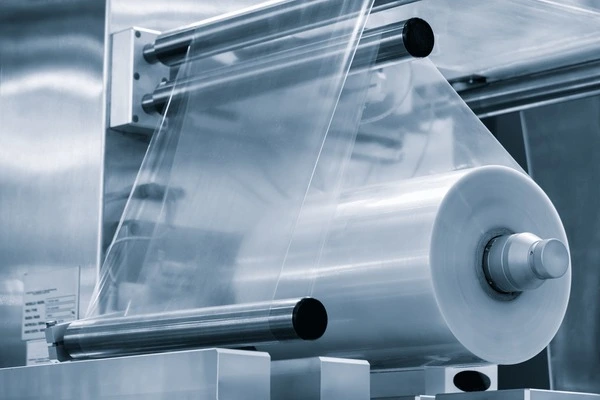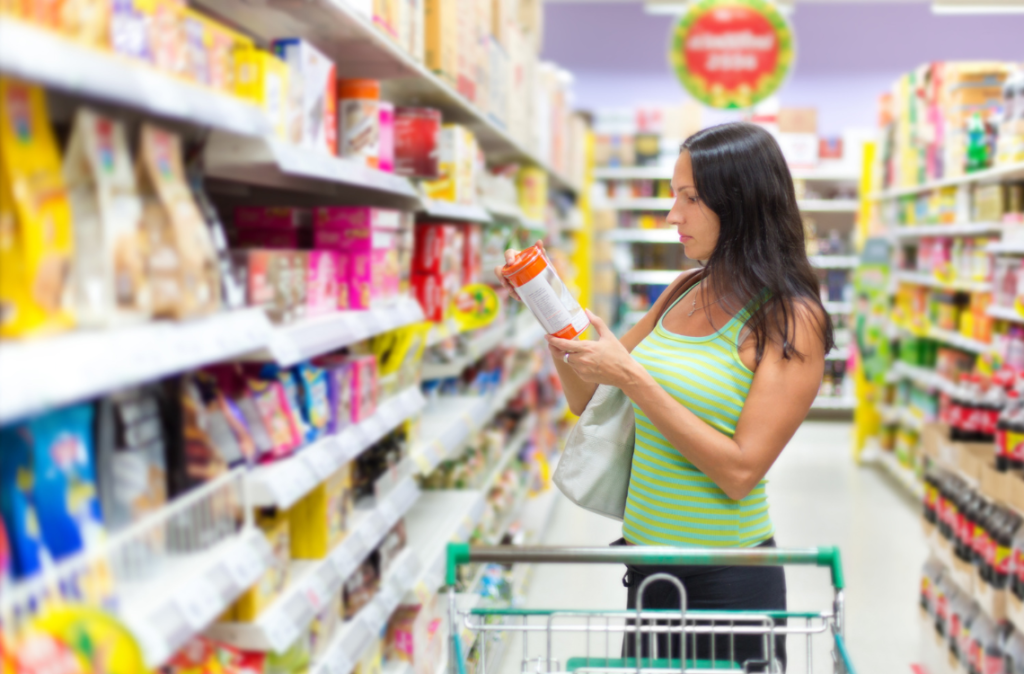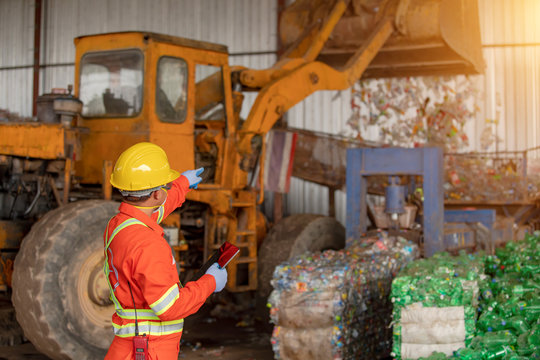The coffee and tea industry has become most transformational in the past few years, with consumers demanding more varieties, solutions, and better product packaging. Packaging trends have evolved with consumer priorities shifting towards freshness, sustainability, and convenience. 2025 is fast approaching, and both manufacturers and retailers are considering how tea bag packaging and coffee bag packaging can help enhance the customer experience and tell a brand story. Forward-thinking supplier of quality coffee and tea products, Aropack Packaging, knows that these packaging innovations are significant to staying ahead in an ever more competitive industry.
In this post, we’ll highlight the leading flexible packaging trends in the coffee and tea market in 2025—and how brands can capitalize on them to create brand love and satisfy changing consumer demands.
Rise of Sustainable Materials
Sustainability is not just a niche preference—it’s an expectation. Coffee and tea drinkers are becoming more conscious of the damage caused by their purchases, driving demand for green packaging through the roof. In tea and coffee bag packaging, brands eschew non-recyclable plastics and opt for compostable, biodegradable, or recyclable materials.
Key innovations of coffee and tea packaging include:
- Tea bags are compostable and made from plant-based fibers such as Cornstarch.
- Biodegradable coffee bag made from polylactic acid (PLA) or paper with water-based inks.
- Monomaterial packaging, which consists of a recyclable polymer for all layers of a pouch or bag, makes recycling easier.
Sustainable packaging contributes to a brand’s lessened environmental impact. It is also a high priority for ethically conscious modern consumers, helping to strengthen brand loyalty and customer retention.
Emphasis on Barrier Protection
Functionality is still the most critical factor, even if sustainability is just as important. Both tea leaves and coffee beans are susceptible to exposure to oxygen, moisture, and light, which affect their freshness and flavor. In 2025, new barrier films and coatings will provide recyclable packaging with preservation properties.
For coffee bag packaging, we’re seeing high-barrier compostable films that provide the protection required by traditional foil-lined bags but offer a far more sustainable option. Zipper re-seal, degassing valves, and vacuum seal will still be included to support aroma and freshness, especially in premium single-origin coffee and special blends.
For tea bag packaging, airtight sachets using thin, recyclable films and resealable closures will make it easier to maintain the essence of delicate aromas and flavors. Breakthroughs in edible or dissolvable films for single-serve teas may also become game-changers in the coming years.
Minimalist and Transparent Designs
In both senses of the term, brands that offer people the genuine article make consumers tick. In 2025, brands will use clean, minimalistic packaging designs, with transparent windows or entirely see-through material, to communicate product integrity and transparency.
Bare-bones labeling, clean, sans-serif fonts, simple icons, and plain-as-day product descriptions also fit the rising trend towards clean, no-bullshit branding. Clarity—Consumers want to know where the coffee is from, how it is roasted, and what it tastes like, and they wish not to be overwhelmed by text and graphics.
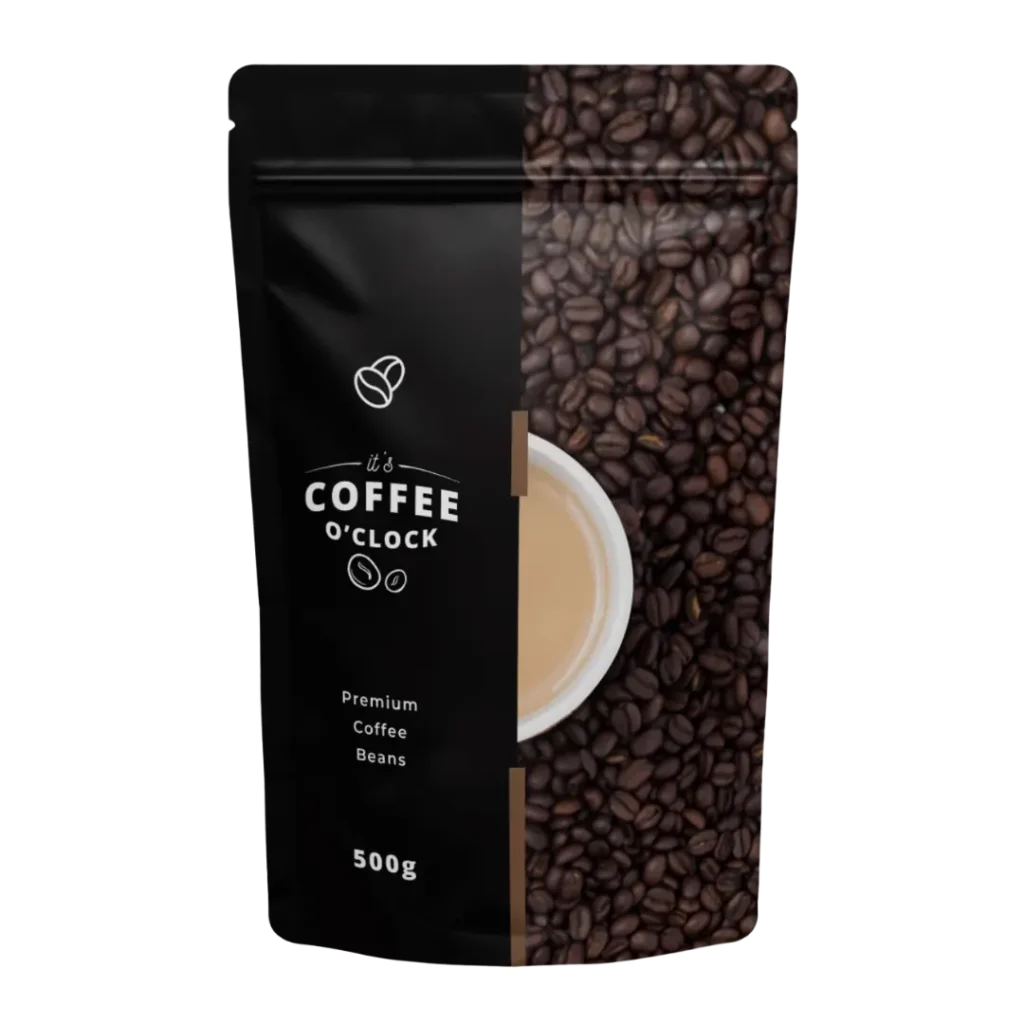
For tea bag “packaging,” transparent sachets displaying colorful loose leaves or herbal blends look attractive and inspire consumers to drink the product like nothing else. A Matte coffee bag with subdued hues and small clear windows can accentuate bean quality while upholding a superior branding image.
Convenience-Focused Formats
Busy, on-the-go lifestyles are driving packaging formats in a big way. Coffee and tea brands are the latest to lead the charge, foraging into single-serve and on-the-go options that provide the same product consistency without the delay.
Emerging Formats in Coffee and Tea Packaging
New formats in tea bags include pre-measured sachets, stick packs, and ready-to-steep pouches, which enable consumers to brew their tea at home, work, or on the go.
Single-serve drip bags, instant specialty coffee sachets, and portable cold brew pouches are becoming increasingly popular options for coffee bag packaging. These two formats provide barista-quality freshness with the least amount of equipment, servicing the need where ease of use is a priority.
In 2025, look for more spouted stand-up bags, easy-tear sachets, and flat-bottom, small-format resealable bags that meet today’s grab-and-go lifestyle.
Personalization and Small-Batch Packaging
Products today should feel custom-designed for consumers’ lifestyles and tastes. By 2025, short-run digital printing and flexible packaging formats will simplify coffee and tea brands’ offering of personalization, limited editions, and regional products.
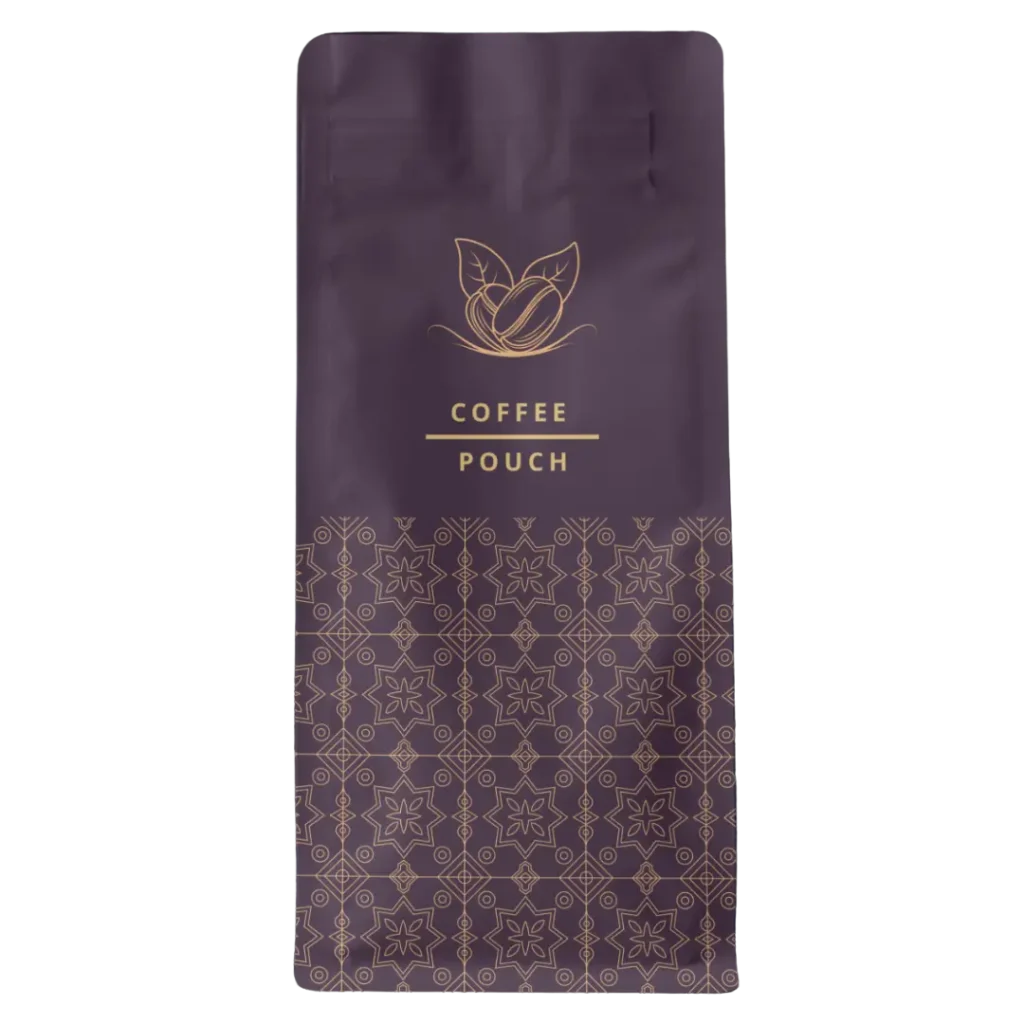
For instance, region-specific illustrations, tasting notes, or QR codes scanning to on-farm stories can help engage market segments. For tea bag packaging, they can roll out seasonal or functional teas (immunity blend, relaxation blend) with custom sachet designs and messages.
This flexibility in manufacturing packaging also affords brands agility in responding to market trends and taking advantage of the popularity of subscription boxes, gift offerings, and boutique retail.
Smart Packaging and Digital Integration
Digitization of packaging is gaining momentum. In 2025, smart packaging for coffee and tea brands will be more traceable, interactive, and engaging.
Common innovations include:
- QR Codes and NFC tags on the coffee bag packaging provide access to brewing guides, origin stories, or follow for loyalty programs.
- Augmented Reality (AR) experiences where consumers can scan packaging to access farm tours, tasting notes, or brand stories.
- Freshness indicators let you see at a glance if the coffee bag has been sealed or how long ago it was packed.
- This technology hookup can bring transparency, educate consumers, and create an experiential brand experience—a plus for brands that excel at storytelling and human engagement.
Wrapping Up: Preparing for 2025 and Beyond
With consumer demands changing and new technology emerging, coffee and tea brands must adapt with flexible and functional packaging while providing an aesthetically pleasing package. From sustainability and barrier protection to personalization and smart packaging, the trends molding the tea bag packaging and coffee bag packaging landscape in 2025 demonstrate a sensitivity to today’s consumers and interests.
By leveraging these advancements, brands can do more than satisfy practical needs—they can create experiences that are memorable, meaningful, and engaging for their customers.
Here at Aropack Packaging, we promise never to be behind the curve by always staying on trend so that you can enjoy the freshest, most modern coffee and teas available. From enjoying fragrant tea ceremonies or tie-dyeing with the kids to blending your teas and coffees, our packaging enlists your path to fulfillment.
FAQs
What are the top flexible packaging trends for coffee and tea in 2025?
In 2025, key trends include sustainable materials (like compostable and recyclable films), enhanced barrier protection to preserve freshness, minimalist designs with transparent windows, personalized and small-batch packaging, and smart packaging with QR codes, NFC tags, and AR experiences.
How is sustainability being addressed in coffee and tea packaging?
Brands are moving away from non-recyclable plastics and embracing eco-friendly materials such as plant-based tea bags, biodegradable coffee bags made from PLA, and monomaterial pouches. These options help reduce environmental impact while meeting the ethical expectations of modern consumers.
Why is smart packaging becoming important for coffee and tea brands?
Smart packaging offers interactive and informative experiences for consumers. Features like QR codes and NFC tags provide access to origin stories and brewing tips, while freshness indicators and AR experiences enhance transparency, storytelling, and customer engagement.
Our team at Aropack works closely with brands to develop custom packaging that’s not only functional and brand-ready but also aligned with your sustainability goals. Whether you need recyclable film rolls, packaging bags for dry goods, or fully sealed pouches — we’ll help you reduce impact without compromising performance.
Give us a call on 01233 281460 or send us an email at info@aropack.co.uk for a consultation. Let us help you find the perfect balance between sustainability and functionality.

